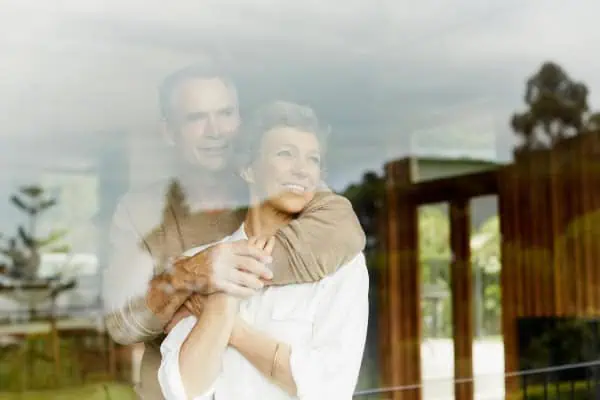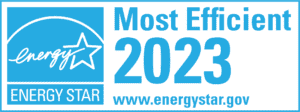When choosing replacement windows for your North Carolina home, the type of glass you select is more important than you probably realize. Window glass features vary widely, impacting energy efficiency, comfort, and even the longevity of your furnishings. That’s where Low-E glass windows come into play. Learn what Low-E glass is, how it works, and why it’s important when selecting new windows.
Understanding Low-E Glass
Low-E, or low-emissivity glass, minimizes the amount of ultraviolet (UV) and infrared light that passes through without stopping natural light from entering your home. It features a microscopically thin, transparent film that reflects heat. This means during the winter, the warmth from your heating system is kept inside, and in the summer, the outdoor heat is reflected away, keeping your home more comfortable.
But this technology isn’t just about comfort—it also boosts efficiency. With windows and doors accounting for 25 to 30 percent of energy loss in homes, Low-E glass is one way to improve glass efficiency and reduce the workload on your heating and cooling systems.
Types of Low-E Coatings
There are two primary types of Low-E coatings:
Passive Low-E coatings (hard-coat) are “fused” to the hot glass during manufacturing, creating a strong, durable bond. This coating is ideal for cold climates because it allows some solar heat to pass through to naturally warm your home in the winter.
Solar control Low-E coatings (soft-coat) are applied to glass in a vacuum chamber at room temperature. This soft-coat film offers the best solar control performance, making it suitable for climates that experience a mix of hot and cold weather, including North Carolina.
Do I Already Have Low-E Glass?
Are you curious if your existing windows feature energy-efficient Low-E glass? If your home is relatively new or the windows were replaced in the last 20 years, they might. Here’s a quick test:
- Light a match or lighter near the window.
- Observe the flame’s four reflections. Low-E glass will show one reflection in a different color than the rest.
- If you see no color difference in the reflections, the glass likely does not have a Low-E coating.
Is Low-E Glass Worth It?
Considering that a significant portion of heating and cooling energy is wasted because of heat gain and loss through window panes, investing in Low-E glass windows is a smart choice. Beyond utility savings, Low-E film also protects your furniture and decor from fading by blocking UV rays. The ability to preserve your furnishings while letting natural light shine in is another reason Low-E glass is worth it.
Where to Buy Low-E Glass Windows
If you’re looking to upgrade to Low-E windows in the Raleigh area, Window Depot USA of Raleigh, North Carolina, is happy to help. With over a decade of experience, our family-owned business offers a range of energy-efficient window options suited for North Carolina’s climate, including triple-pane Low-E glass windows. We provide top-notch customer service and financing options to make your window upgrade affordable. To request a free window replacement estimate, please contact us at (919) 801-2506 today.





